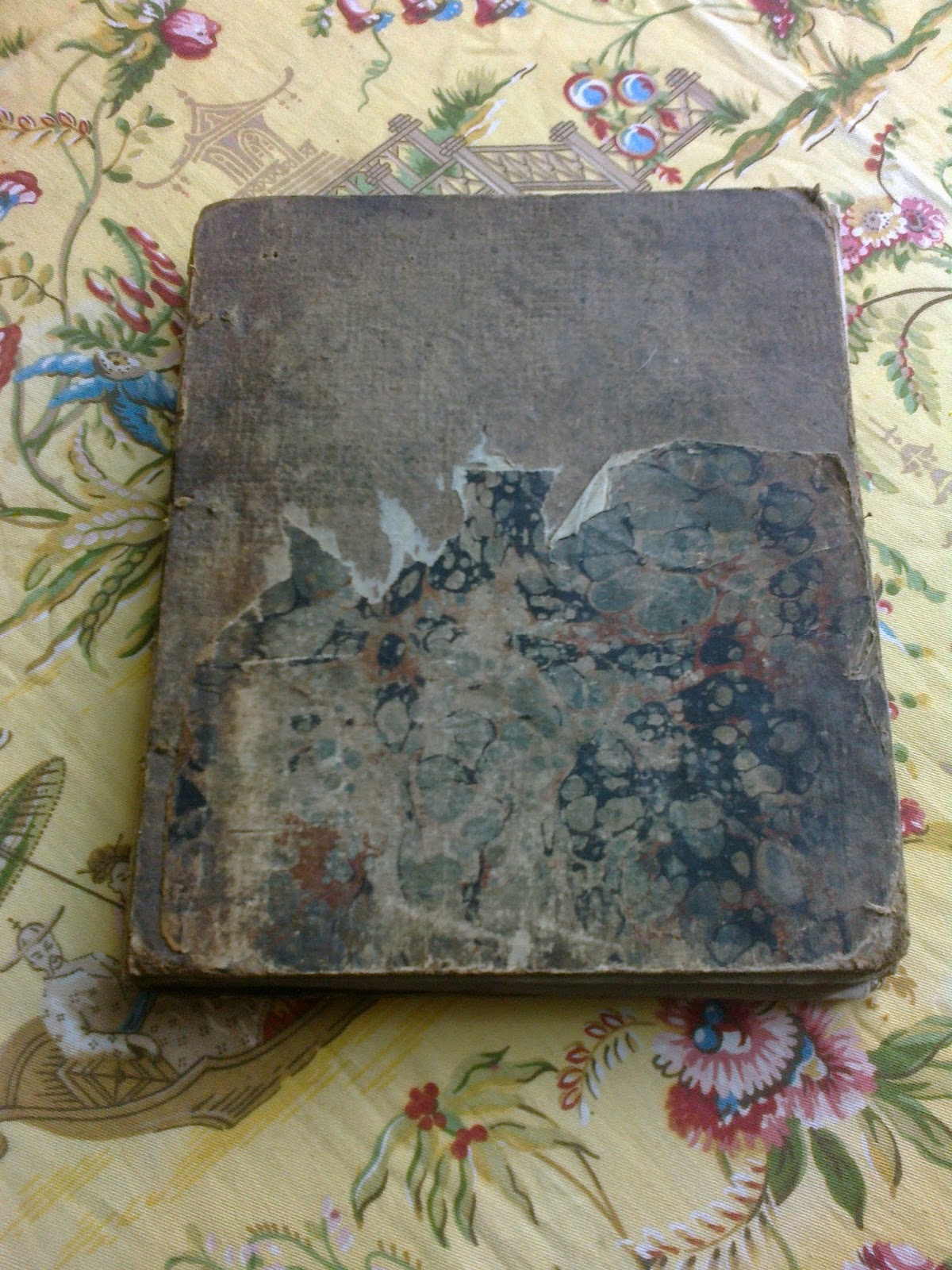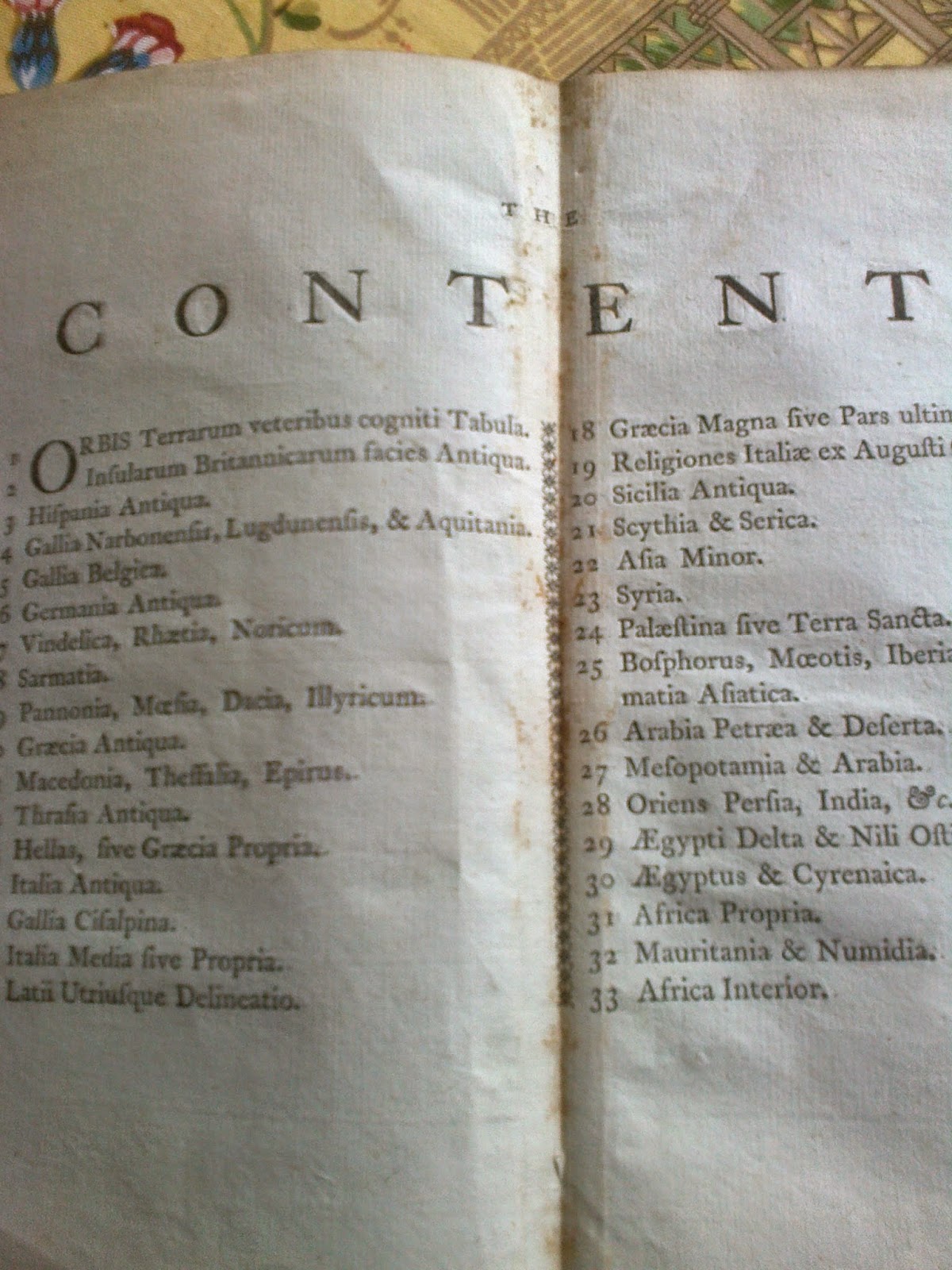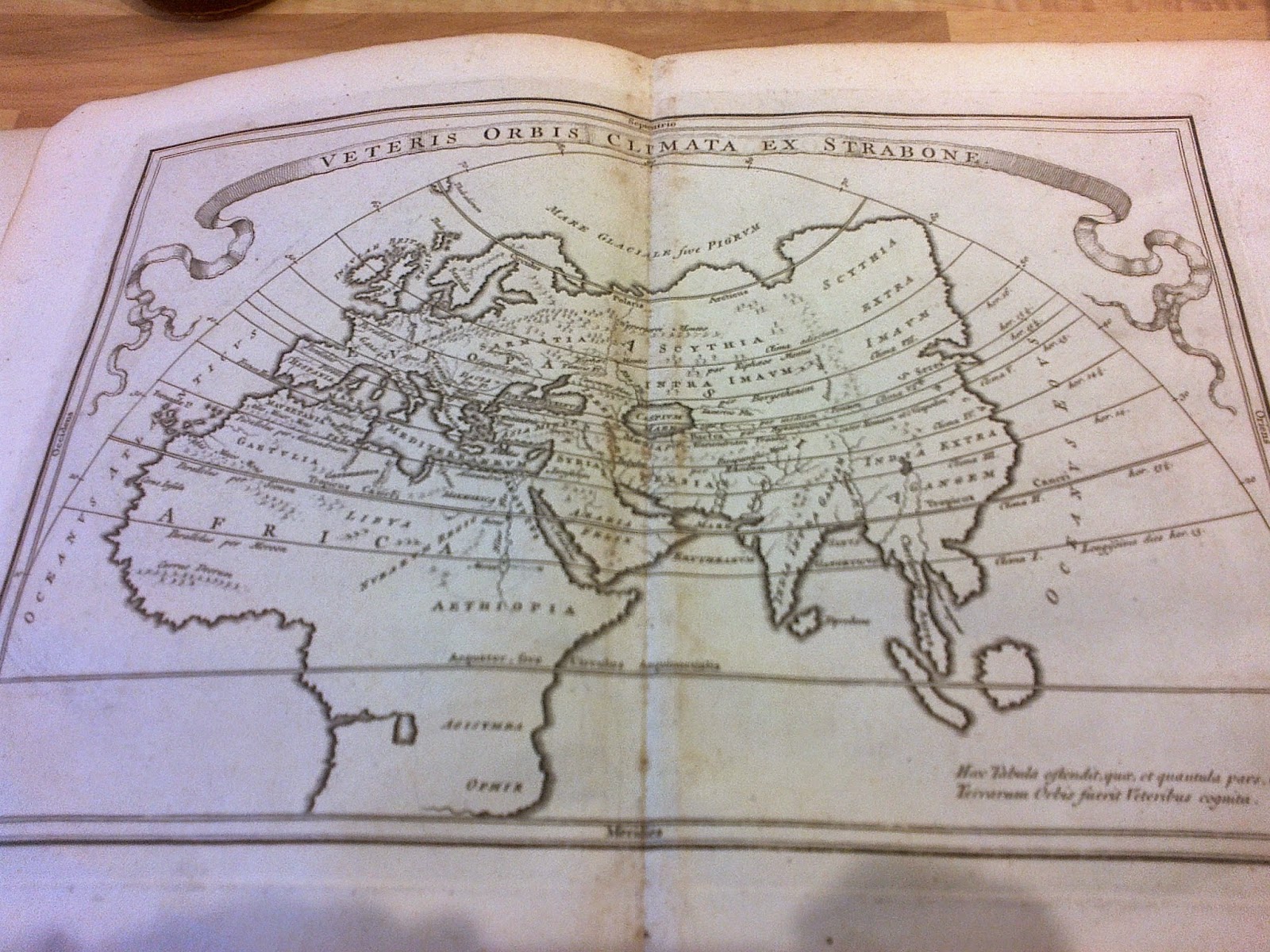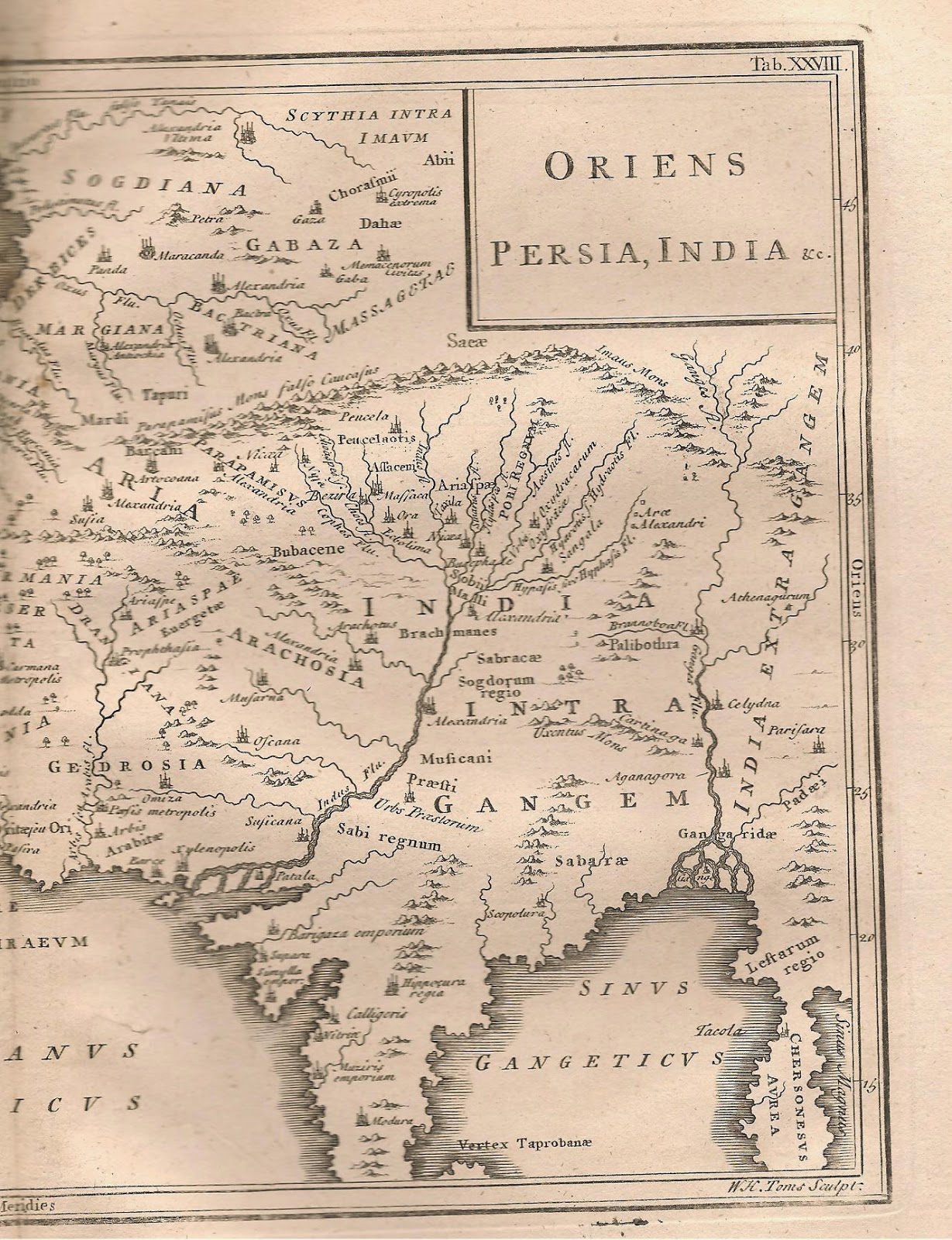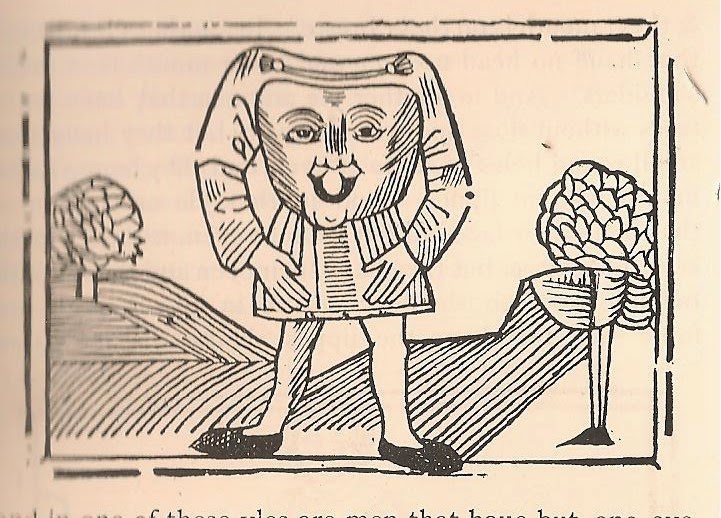In my recent novel, Rivals in the City, a young gentleman in 1861 jokes about body art: "'Perhaps I'll have your name tattooed on my arm so there's no doubt as to whom I belong', he said, tucking her hand into the crook of his elbow and resuming their steady walking pace. 'What would you say to your initials in Gothic letters, surrounded by scrolls and hearts?'" I loved being able to include this moment of dialogue because it's such a familiar cultural motif for us now. It's another way of bringing the Victorians closer to us, one of the projects at the heart of my fiction. But it's also rooted in a fairly well-documented tradition.
There are brief mentions of tattoos in Victorian literature. In The Picture of Dorian Gray, Sybil Vane's brother, James, is identifiable as a sailor because of his tattoos. I believe Sherlock Holmes notices and assigns tattoos the same kind of cultural value. According to wikipedia, it was during Captain James Cook's voyages to Polynesia from the 1760s to the 1780s that the idea of tattoo (from the Tahition word, tatau) was introduced into English culture.
By the mid-nineteenth century, tattoos were firmly established as the domain of seamen and soldiers - working-class Englishmen who had travelled widely and come into direct contact with tattoo culture.
Tattoos, however, were about to make an interesting social transition. In 1862, when the Prince of Wales (the future Edward VII) toured the Middle East, he acquired a tattoo of the Jerusalem Cross.
By 1870, the trend had spread not only amongst the English aristocracy, but into the courts of Russia, Germany and Spain. And beginning in the 1880s, upper-class women also began to sport discreet tattoos. One of the most celebrated was Lady Randolph Churchill, who had a "dainty" and "elaborate" tattoo of a serpent entwining her left wrist.
She frequently covered it with bracelets, but it was described in the New York Times in 1906. Tattoos were fashionable enough that Country Life magazine featured them in an article dated 27 January, 1900 - as if to kick off the new century. As you might expect from Country Life, it described “one of the most popular Masters of Foxhounds in England” who had “tally-ho!” tattooed on his forearm along with a fox’s head and brush and a hunting crop.
Like all fashion trends, however, tattoos were fairly swiftly brought down by mass imitation.
Once performers like Nora Hildebrandt began displaying her hundreds of tattoos for the horror and delectation of the masses (she travelled as part of P. T. Barnum's American circus), aristocrats promptly lost interest in tattoo art.
I haven't. I've always been intrigued by the idea of a tattoo, yet never been able to choose a single motif or image that I'd want to wear on my body forever. In the meantime, I'll keep reading. May I suggest Margot Mifflin's Bodies of Subversion: A Secret History of Women and Tattoo? To start you off, there are some amazing images pulled from Mifflin's book right here.
Y S Lee is the author of the award-winning Mary Quinn Mysteries (Walker Books). She blogs weekly at www.yslee.com.
There are brief mentions of tattoos in Victorian literature. In The Picture of Dorian Gray, Sybil Vane's brother, James, is identifiable as a sailor because of his tattoos. I believe Sherlock Holmes notices and assigns tattoos the same kind of cultural value. According to wikipedia, it was during Captain James Cook's voyages to Polynesia from the 1760s to the 1780s that the idea of tattoo (from the Tahition word, tatau) was introduced into English culture.
 |
| Apparently the naturalist Sir Joseph Banks, a member of Cook's expedition, came back to England with a tattoo. (portrait by Sir Joshua Reynolds, 1773) |
By the mid-nineteenth century, tattoos were firmly established as the domain of seamen and soldiers - working-class Englishmen who had travelled widely and come into direct contact with tattoo culture.
Tattoos, however, were about to make an interesting social transition. In 1862, when the Prince of Wales (the future Edward VII) toured the Middle East, he acquired a tattoo of the Jerusalem Cross.
 |
| The Prince of Wales in Constantinople at the end of his Grand Tour (1862). Somewhere on his body, there is a fresh tattoo. (image via the Royal Collection) |
By 1870, the trend had spread not only amongst the English aristocracy, but into the courts of Russia, Germany and Spain. And beginning in the 1880s, upper-class women also began to sport discreet tattoos. One of the most celebrated was Lady Randolph Churchill, who had a "dainty" and "elaborate" tattoo of a serpent entwining her left wrist.
 |
| Lady Randolph Churchill, with her signature bracelet. (image via NYPL) |
Like all fashion trends, however, tattoos were fairly swiftly brought down by mass imitation.
 |
| Nora Hildebrandt claimed that she was forced by Indians to receive hundreds of tattoos. The truth was more mundane: her father was a tattoo artist. (image via the Human Marvels) |
Once performers like Nora Hildebrandt began displaying her hundreds of tattoos for the horror and delectation of the masses (she travelled as part of P. T. Barnum's American circus), aristocrats promptly lost interest in tattoo art.
I haven't. I've always been intrigued by the idea of a tattoo, yet never been able to choose a single motif or image that I'd want to wear on my body forever. In the meantime, I'll keep reading. May I suggest Margot Mifflin's Bodies of Subversion: A Secret History of Women and Tattoo? To start you off, there are some amazing images pulled from Mifflin's book right here.
Y S Lee is the author of the award-winning Mary Quinn Mysteries (Walker Books). She blogs weekly at www.yslee.com.
